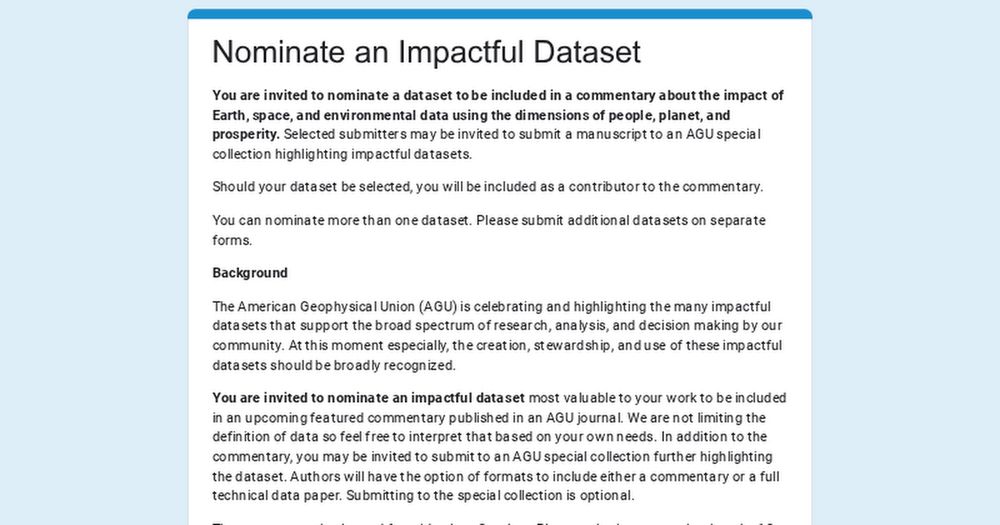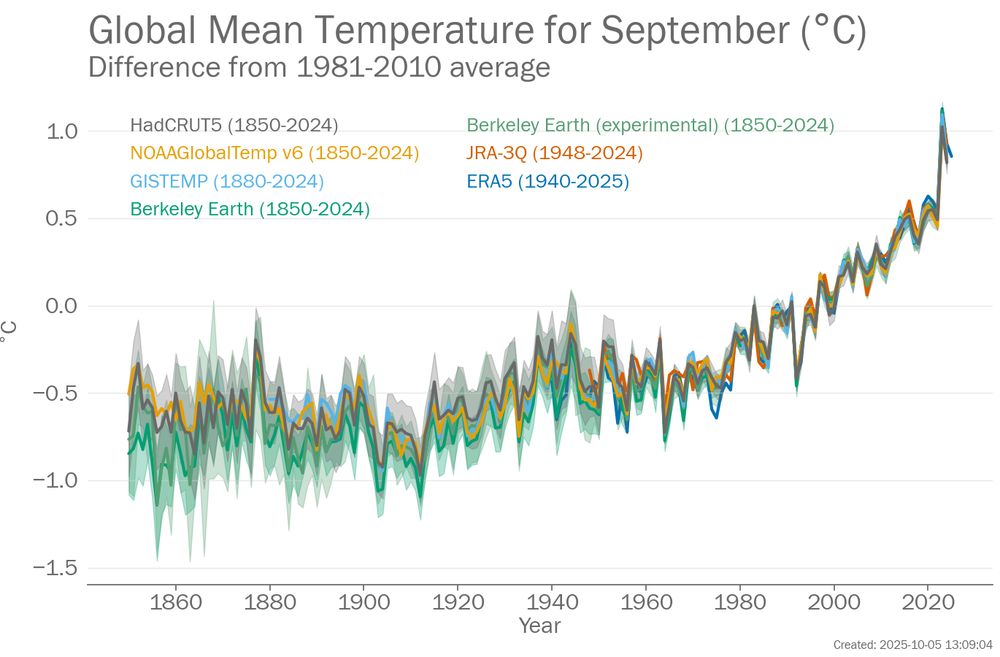John Kennedy
@micefearboggis.bsky.social
3.2K followers
3.1K following
1.7K posts
Occasional climate scientist, diagram monkey, probabilistic historian, science anti-communicator. All views and opinions are my own. This is not, sadly, a promise of novelty: it’s a disclaimer. He/him. https://www.jkclimate.fr/
Posts
Media
Videos
Starter Packs
Reposted by John Kennedy
Reposted by John Kennedy
Reposted by John Kennedy
Reposted by John Kennedy
Reposted by John Kennedy
Reposted by John Kennedy













